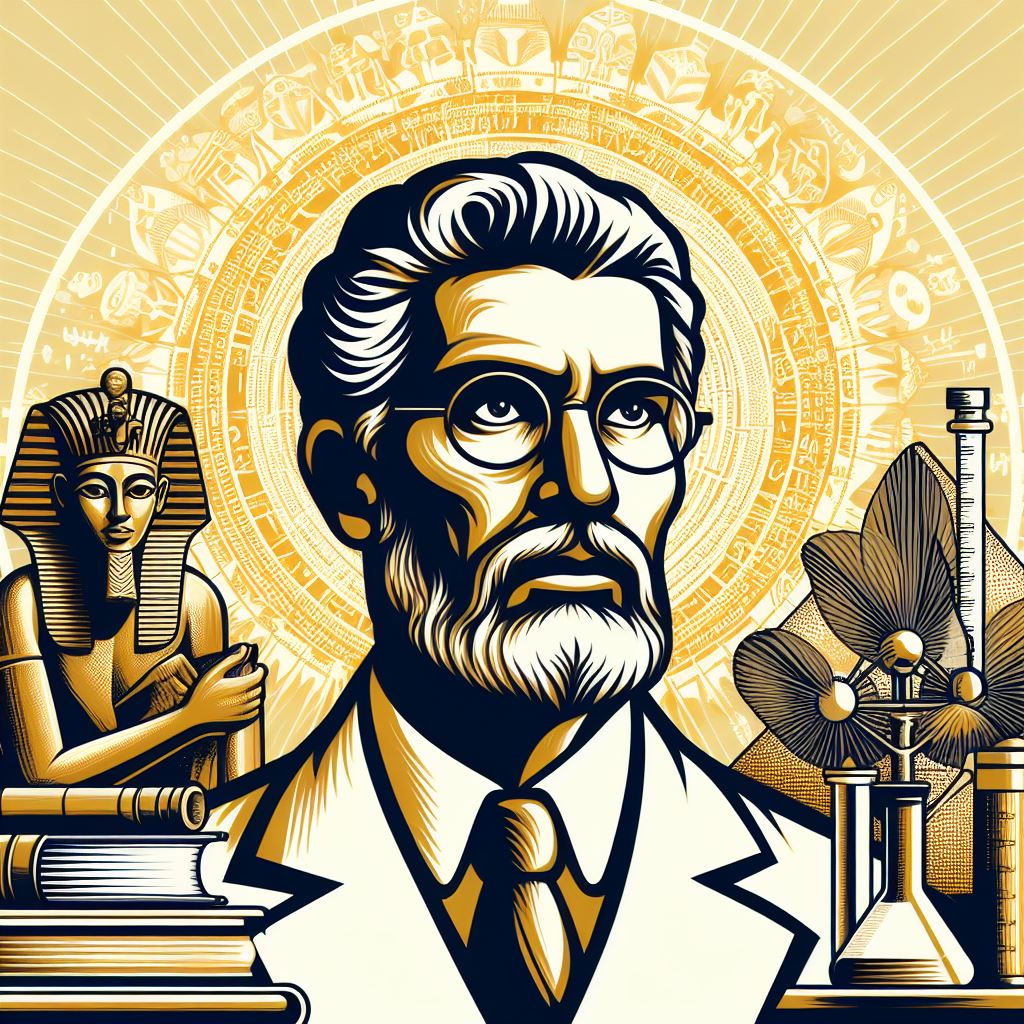In Ancient Egypt, death wasn’t seen as the end but as a transition to a new beginning. Funerary art played a crucial role in preparing the deceased for this next chapter. These artworks were more than just decorative elements; they were essential tools for ensuring a smooth journey to the afterlife.
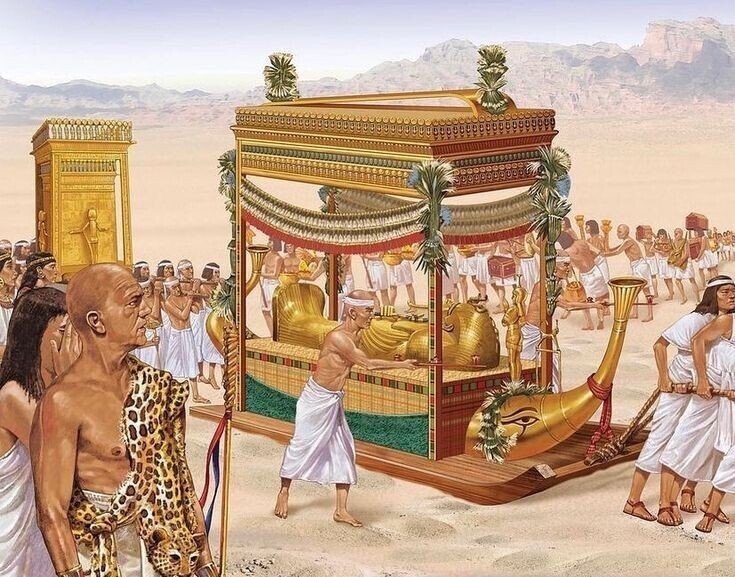
The Egyptians believed in an afterlife where the soul needed protection and guidance. Therefore, tombs were filled with items that the deceased might need. Art was a primary vehicle for this protection and guidance, depicting everything from daily life scenes to religious rituals that helped secure favor with the gods.
Funerary art illustrated the journey after death, highlighting key stages such as the weighing of the heart ceremony, where one’s soul was judged. The journey depicted in art took the soul through the underworld, guided by deities like Anubis, ensuring it emerged safely into the afterlife to dwell among the gods.
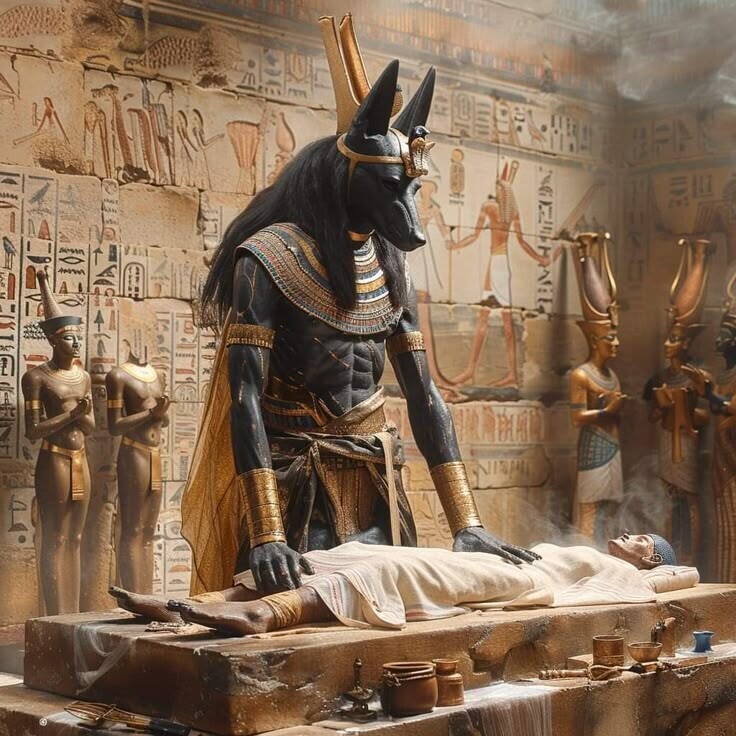
The significance of these artworks extends beyond their religious and cultural purpose. They provide modern scholars with invaluable insights into Ancient Egyptian beliefs, societal norms, and the value placed on the afterlife. Understanding the reasoning behind these art forms gives us a deeper appreciation of how they shaped the ways we remember and honor those who have passed.
In guiding us through the lives of those long gone, funerary art forms a bridge connecting the ancient past to the present, a reminder of a time when art was not just a pursuit of beauty but a crucial element of a spiritual journey. This understanding can inspire us to reflect on how we cherish and preserve memories today.
The Symbolism in Egyptian Funerary Art
Symbols in Egyptian funerary art were more than artistic decoration. They held deep meanings and served purposes rooted in religious beliefs. The Ankh, often depicted in these artworks, symbolizes life and immortality, reminding us of the enduring hope for eternal life. The Djed pillar stood for stability, a crucial quality needed in the afterlife to ensure that the deceased’s journey was safe and untroubled.
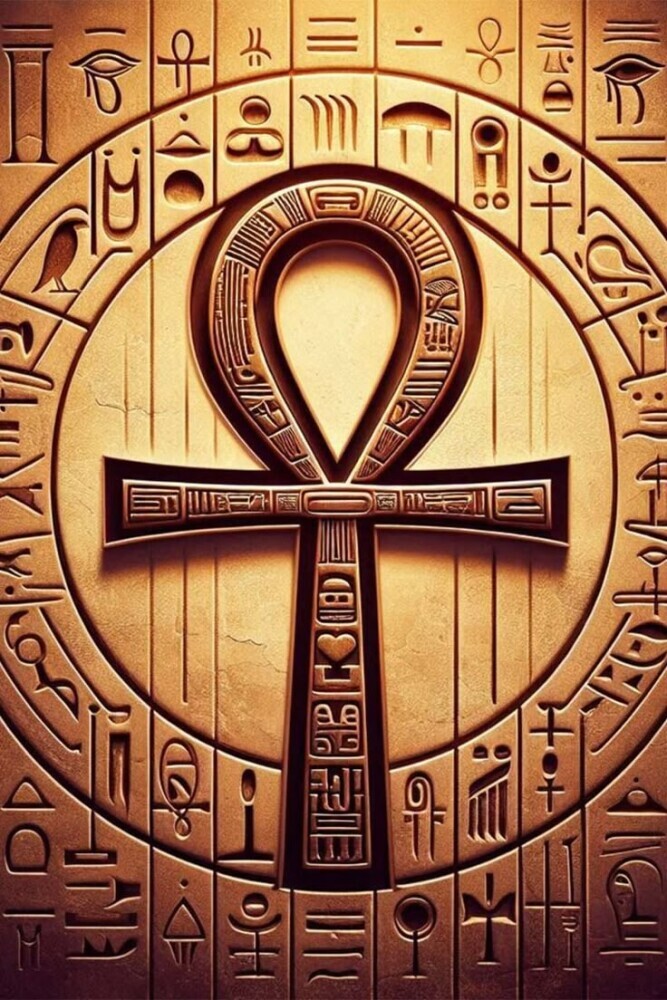
Motifs like the scarab beetle were also incredibly significant. Scarabs symbolized rebirth and transformation, emphasizing the belief in regeneration and new beginnings beyond death. The use of these symbols was intentional, meant to invoke protection and divine support on the journey to the afterlife.

Representation of the gods and goddesses was another essential element. Deities like Osiris, the god of the afterlife, were frequently featured. Their images provided spiritual security and guidance, ensuring the deceased was favored in the heart-weighing ceremony that determined entrance into the afterlife.
Color played a symbolic role too. Gold and blue, for instance, reflected divinity and eternity. These colors were used to invoke the divine presence and were believed to imbue the tomb with the protective power of the gods themselves.
Each symbol and motif was carefully selected and painted with intent. This attention to detail showed the importance of symbology in achieving harmony and success in the afterlife. For modern audiences, understanding this symbolism helps unlock the cultural and spiritual perspectives of ancient Egypt, offering insights into how deeply connected art and belief systems were in shaping life and the hereafter.
Iconic Examples of Egyptian Funerary Art
When considering Egyptian funerary art, certain pieces stand out not only for their beauty but for their meticulous craftsmanship and symbolism. The tomb of Tutankhamun, discovered nearly intact, offers a remarkable glimpse into the artistry that characterized this era. The lavish treasures within, from the intricately designed sarcophagi to the exquisite burial mask, showcase the opulence and the spiritual significance placed on ensuring the young king’s safe passage into the afterlife.
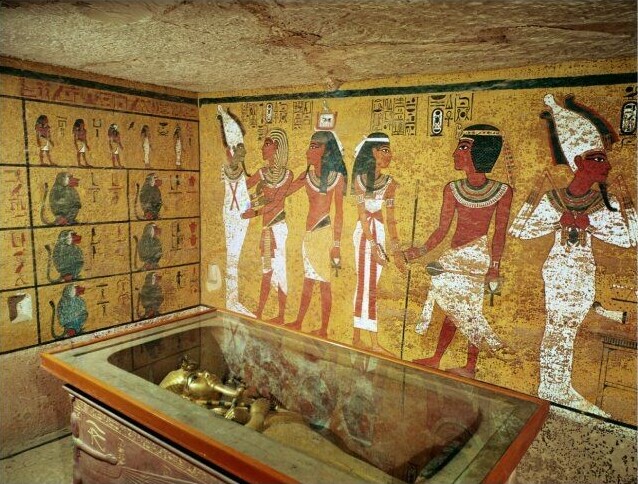
The sarcophagi, often elaborately decorated, served more than a protective purpose. They were believed to be magical shells that guarded the physical body, ensuring the deceased’s ka, or life force, remained intact for the afterlife journey. Decorations on the sarcophagi used specific motifs and inscriptions aimed at invoking protections and blessings from the gods.
The walls of tombs in the Valley of the Kings reflect a similar penchant for telling stories through art. These murals often depict scenes from the Book of the Dead, a guide for the deceased through the dangers of the underworld. The vivid, colorful drawings not only bring to life the beliefs about the afterlife but serve as spiritual maps of sorts, providing reassurance that the afterlife was a continuation of life, with all its joys and duties.
These art forms were often the work of skilled artisans who were as much a part of the ritual as the priests conducting the burial ceremonies. The detailed craftsmanship highlights the high esteem in which religious art and practices were held, serving as a testament to the lengths the Egyptians would go to prepare and protect their dead.
Observing these relics today provides us with a window into ancient Egyptian life and death, offering invaluable context and understanding. They serve as powerful reminders of the importance placed on tradition and the seamless blend of life’s perceived and actual experiences, guiding us in appreciating the rich spiritual heritage left behind by a civilization that revered its artistic and cultural achievements.
Legacy and Influence of Egyptian Funerary Art in Modern Times
Egyptian funerary art continues to mesmerize people around the world, sparking curiosity and fascination across fields such as archaeology, art, and history. Its influence can be seen in various aspects of contemporary culture, from architecture inspired by Egyptian themes to artworks that mimic its distinctive styles.
The fascination with Egyptian art is evident in popular media, where movies and literature often draw on its imagery to evoke mystery and grandeur. The legacy of Ancient Egyptian craftsmen inspires modern artists who seek to blend the aesthetic qualities of the past with contemporary themes.
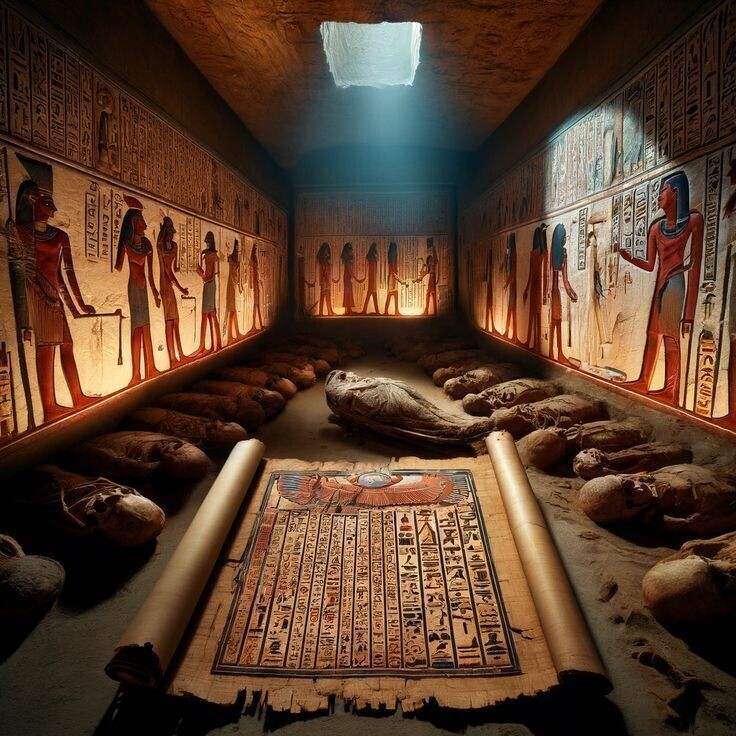
Efforts to preserve these relics underscore their enduring significance. As these artworks are intricate parts of history, preserving them allows future generations to appreciate not just their beauty but also the insights they provide into the spiritual and cultural life of Ancient Egypt. Preserving Egyptian funerary art also demands attention to the context it carries, urging conservators to maintain both tangible and intangible elements of this heritage.
By engaging with these relics, we maintain a link to the past, keeping alive stories and symbols that have shaped human understanding of life and death. Whether through museum exhibitions, documentaries, or academic research, these ancient treasures continue to inform and inspire. They invite us to explore our own beliefs on mortality and the afterlife, promoting a deeper appreciation of how history informs present understandings.
